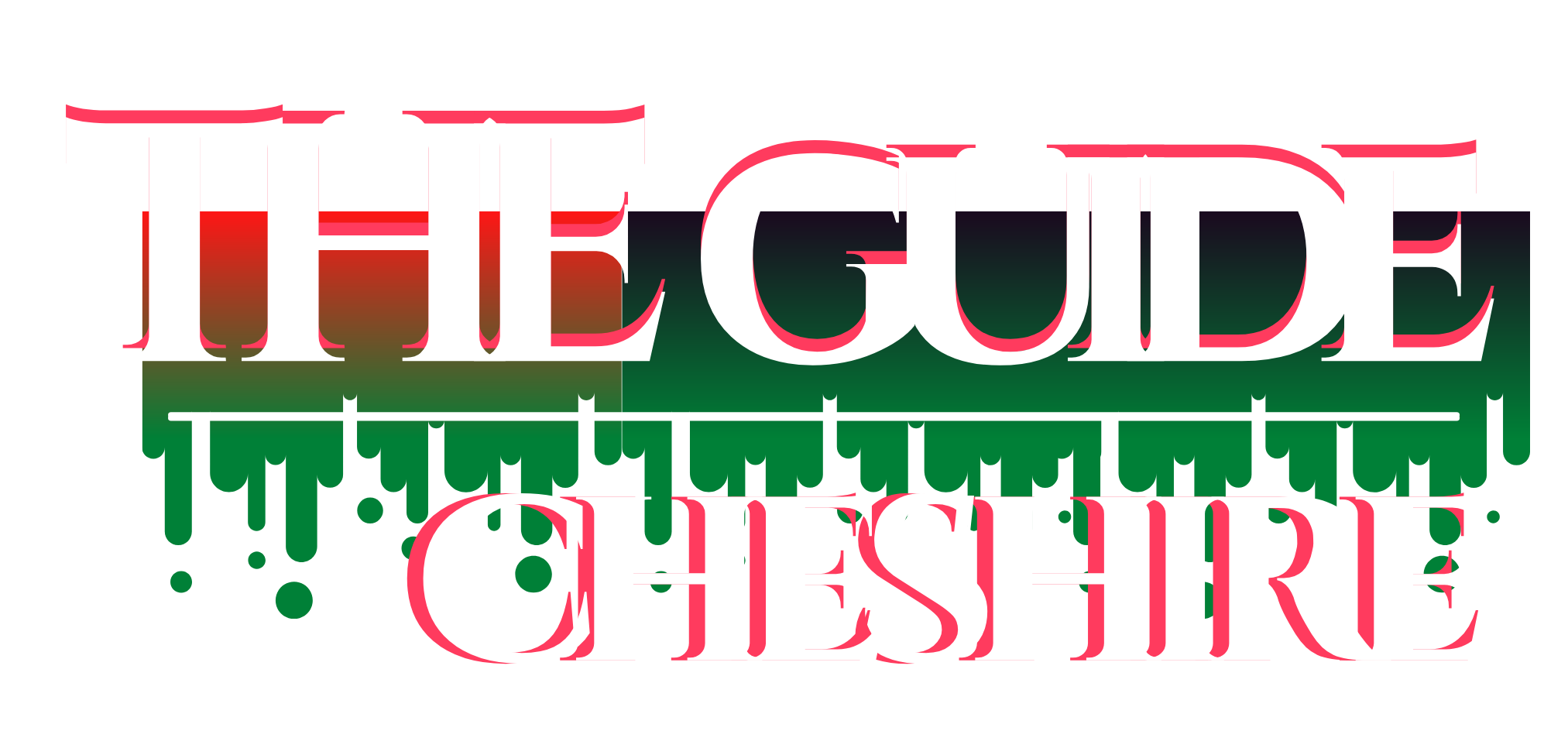A free exhibition winding the clock back to the Middle Ages with the help of today’s technology is opening at Chester Cathedral after captivating Museum visitors.
Featuring new virtual reconstructions of landmark Chester buildings in the 14th Century and bringing medieval and early modern artefacts rarely displayed to light, Medieval Chester Retold moves to Chester Cathedral from Monday, August 22 to Sunday, September 18, 2022.
Organised by the University of Chester and partners, the exhibition provides another chance to discover a new perspective of the city’s past, following a successful two-month run at the Grosvenor Museum. Visitors are again invited to step back in time and experience the medieval city with stunning digital recreations on the screen of the city’s Water Tower and St John the Baptist Church, accompanied by specially-built backdrops.
Historical replica objects including keys, chests, shoes, coins, devotional tokens and ceramics can be held in the palm of visitors’ hands and their stories will ‘lead’ them around the exhibition and its rooms set up as the 14th-century sites.
The exhibition brings to wider attention these everyday historical artefacts from the Museum collections and reveals the ways in which objects allowed people in the past to move across thresholds and boundaries, from public to private spaces, from secular to religious spaces and across global trade networks. The digital reconstructions recreate the movement and settings of the objects for the public, and will create an interesting dialogue with their new medieval exhibition space inside Chester Cathedral’s Chapter House.

Corporate Communications
While exploring, children can try on replica clothes, dressing up as a medieval peasant, merchant, trader or pilgrim and imagine what objects they would have worn or used in the era.
The exhibition also showcases examples of creative work produced by regional school students which have been inspired by Object Boxes containing medieval and early modern artefacts, and are available to loan for primary and secondary schools.
Katherine Wilson, Associate Professor of Later Medieval European History at the University of Chester explained that the two exhibitions were part of a wider year-long ‘Mobility of Objects Across Boundaries (MOB) 1000-1700’ initiative. Led by the University with the Department of Continuing Education at the University of Oxford and the Grosvenor Museum, she outlined how the project aimed to bring medieval and early modern historical artefacts to life, challenge perceptions of the period as static and unchanging, and elite narratives of history by focusing on everyday objects.
Associate Professor Wilson continued: “We’re excited to bring the Medieval Chester Retold Exhibition to Chester Cathedral.
“Hundreds of people visited the exhibition at the Grosvenor Museum between the end of April and the beginning of July – and this provides another chance, in this incredible setting, to be transported to medieval Chester.”
The Very Revd Dr Tim Stratford, Dean of Chester, said: “We are looking forward to welcoming Medieval Chester Retold to Chester Cathedral this summer. It will be a unique and captivating experience for our visitors to be immersed in the medieval culture of our fantastic city. We are particularly looking forward to having objects found on our site appear as part of the exhibition – the first time they have been reunited with their historical context in many years.”
Councillor Louise Gittins, Leader of Cheshire West and Chester Council added: “This is a really exciting exhibition using the latest technology to bring history to life for visitors of all ages. I’m so pleased our Museum Service has been able to work closely with the University to bring our very own ‘medieval city’ time machine to such a wonderful new venue.”
The exhibitions have been made possible by a UK Research and Innovation Arts and Humanities Research Council (AHRC) Follow on Funding Grant for Impact and Engagement.
Contributors to the MOB initiative include Associate Professor Leah Clark from the Department of Continuing Education at the University of Oxford; Elizabeth Montgomery and the team at the Grosvenor Museum; colleagues at Chester Cathedral; St John the Baptist’s, Chester; teachers and pupils from schools across Cheshire and North Wales; Martin Moss at Dextra Visual; the Informatics Centre at the University of Chester and academic experts from the University of Chester’s departments of History and Archaeology, Computer Science and Music, Media and Performance as well as the Faculty of Education and Children’s Services.
For further information on the project and the Cathedral exhibition, including opening times, please visit https://mob.chester.ac.uk.


